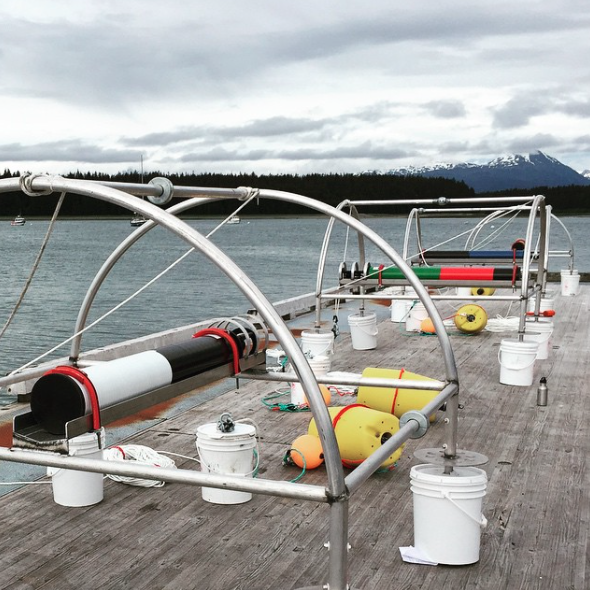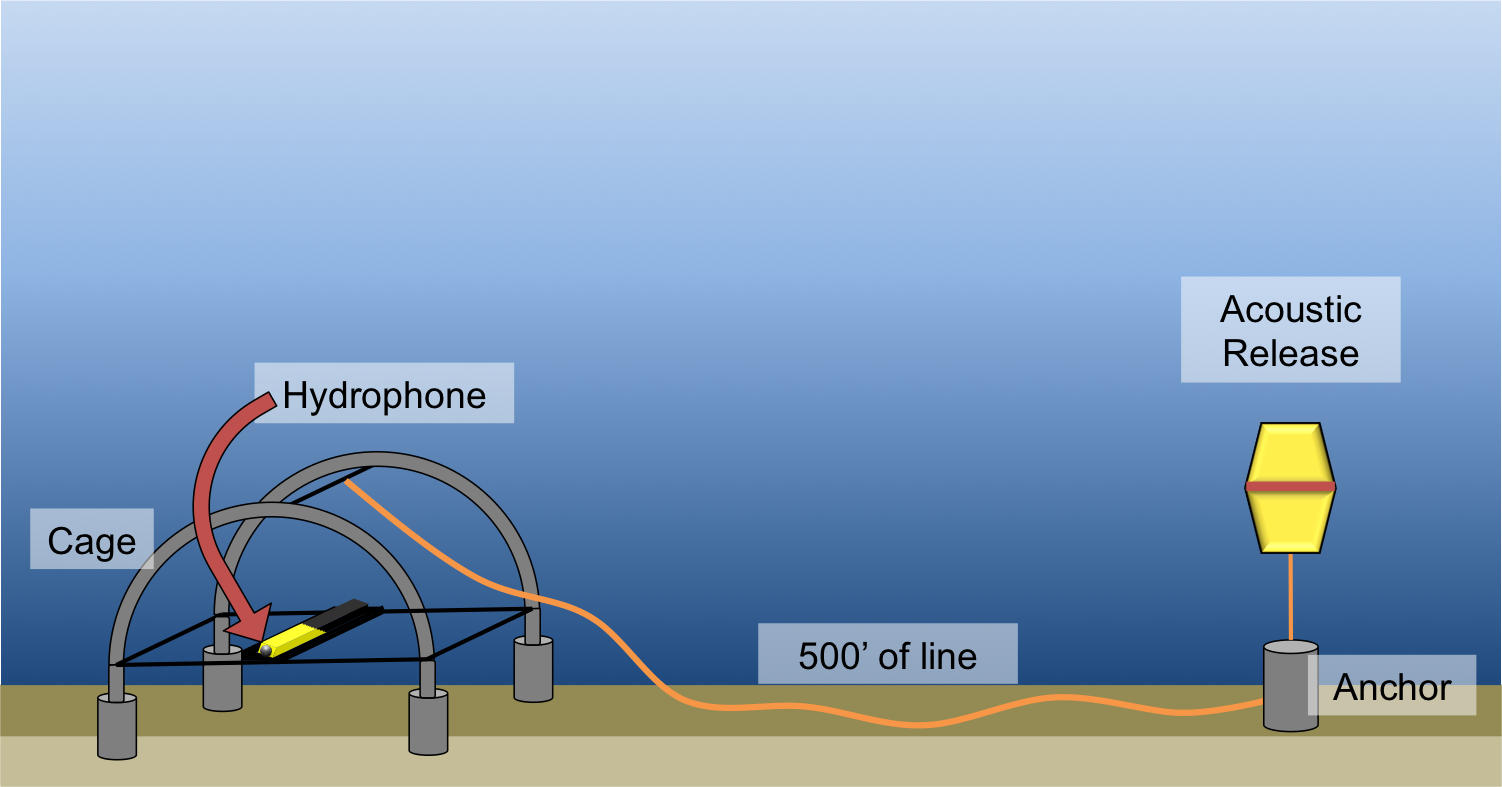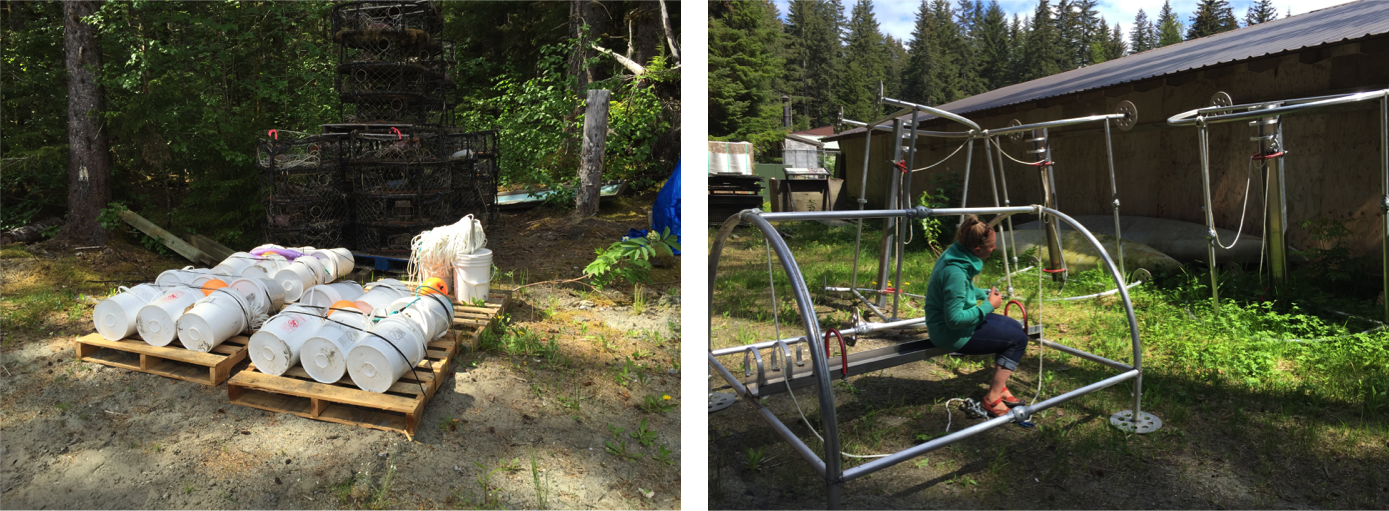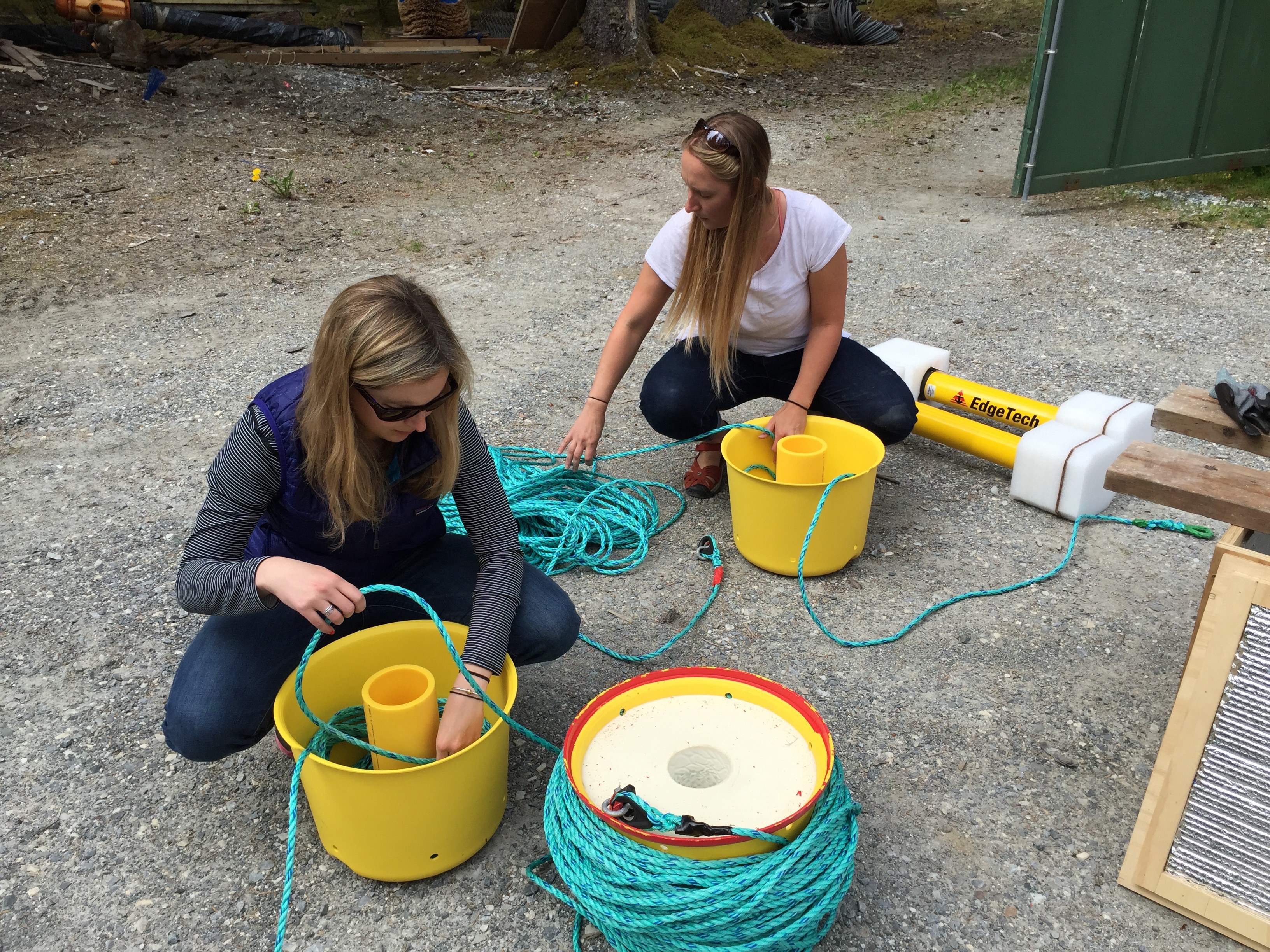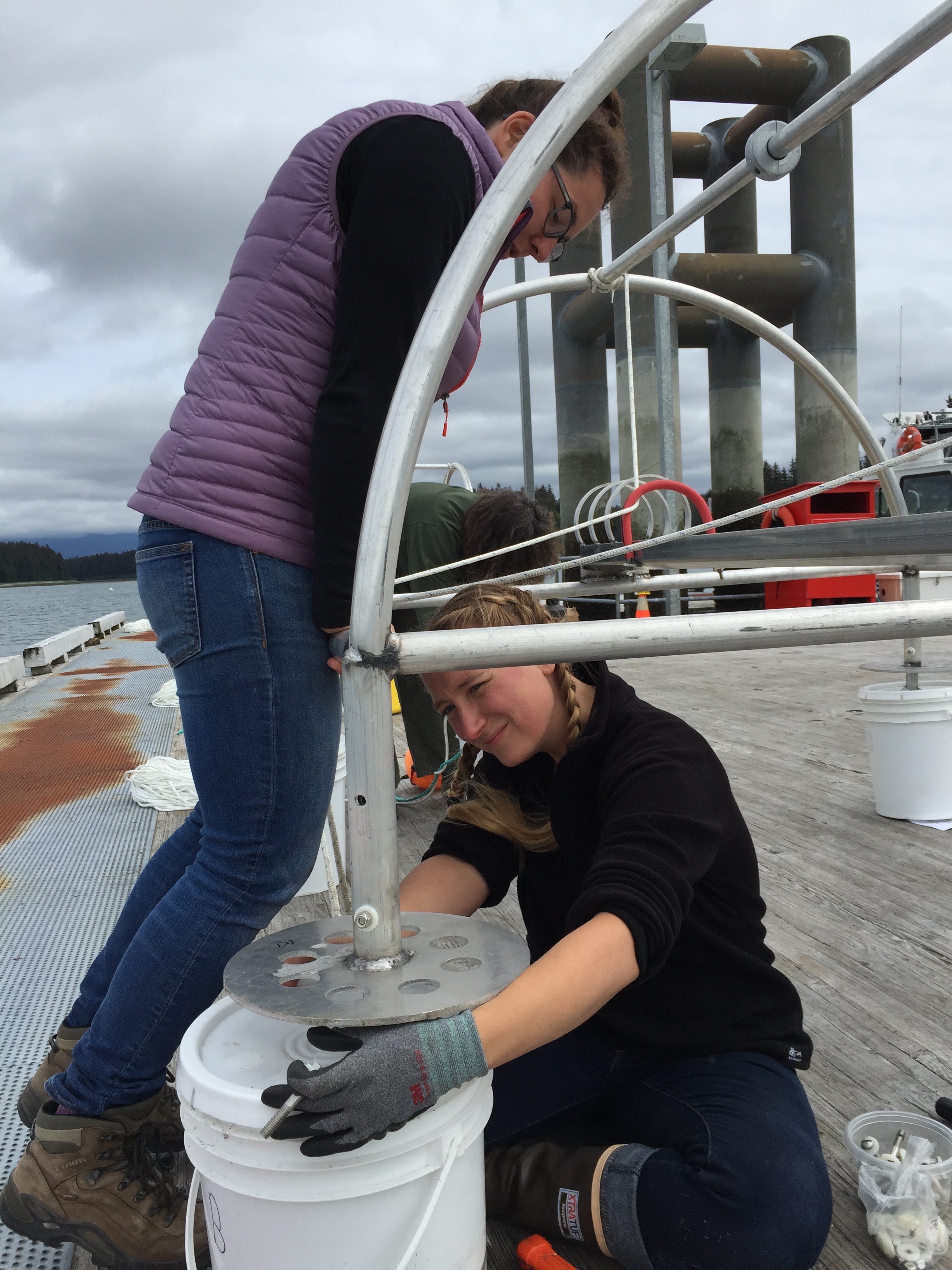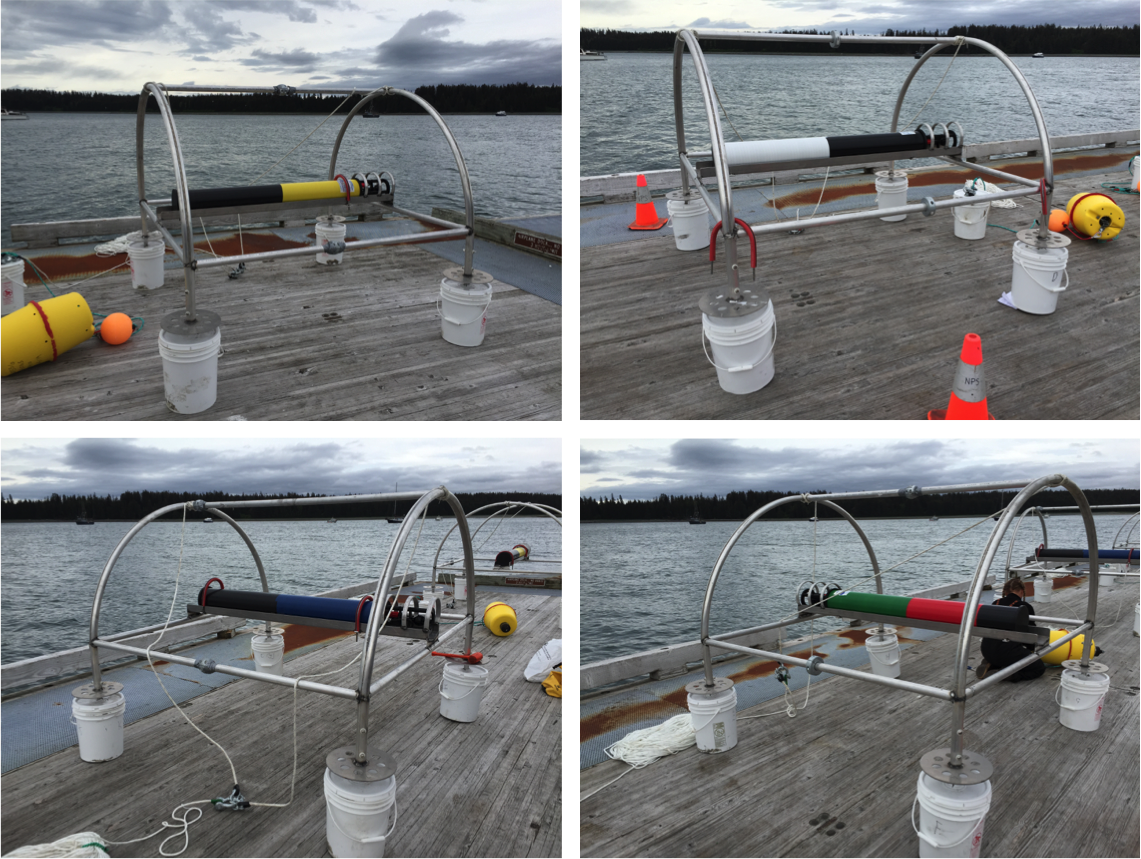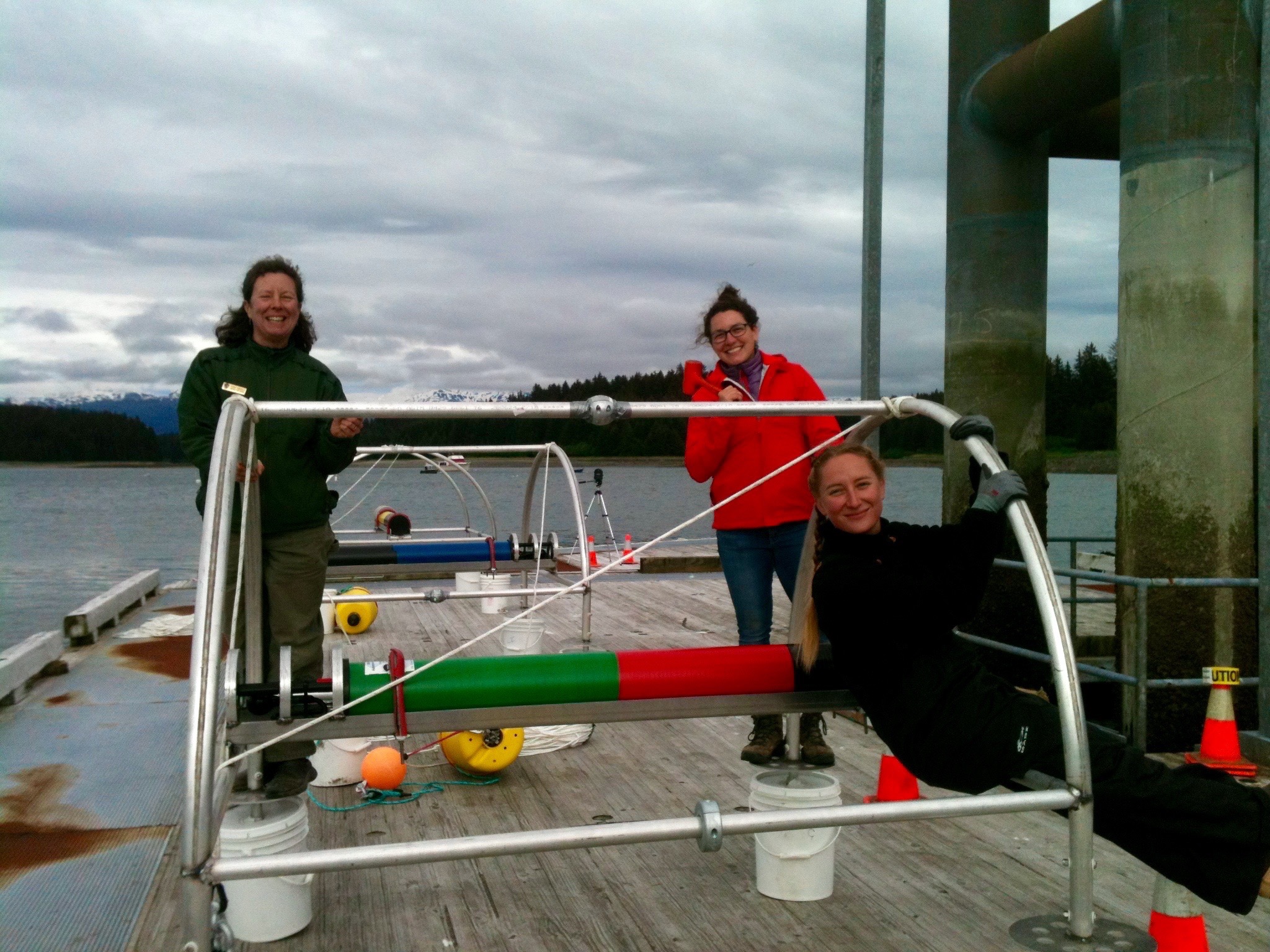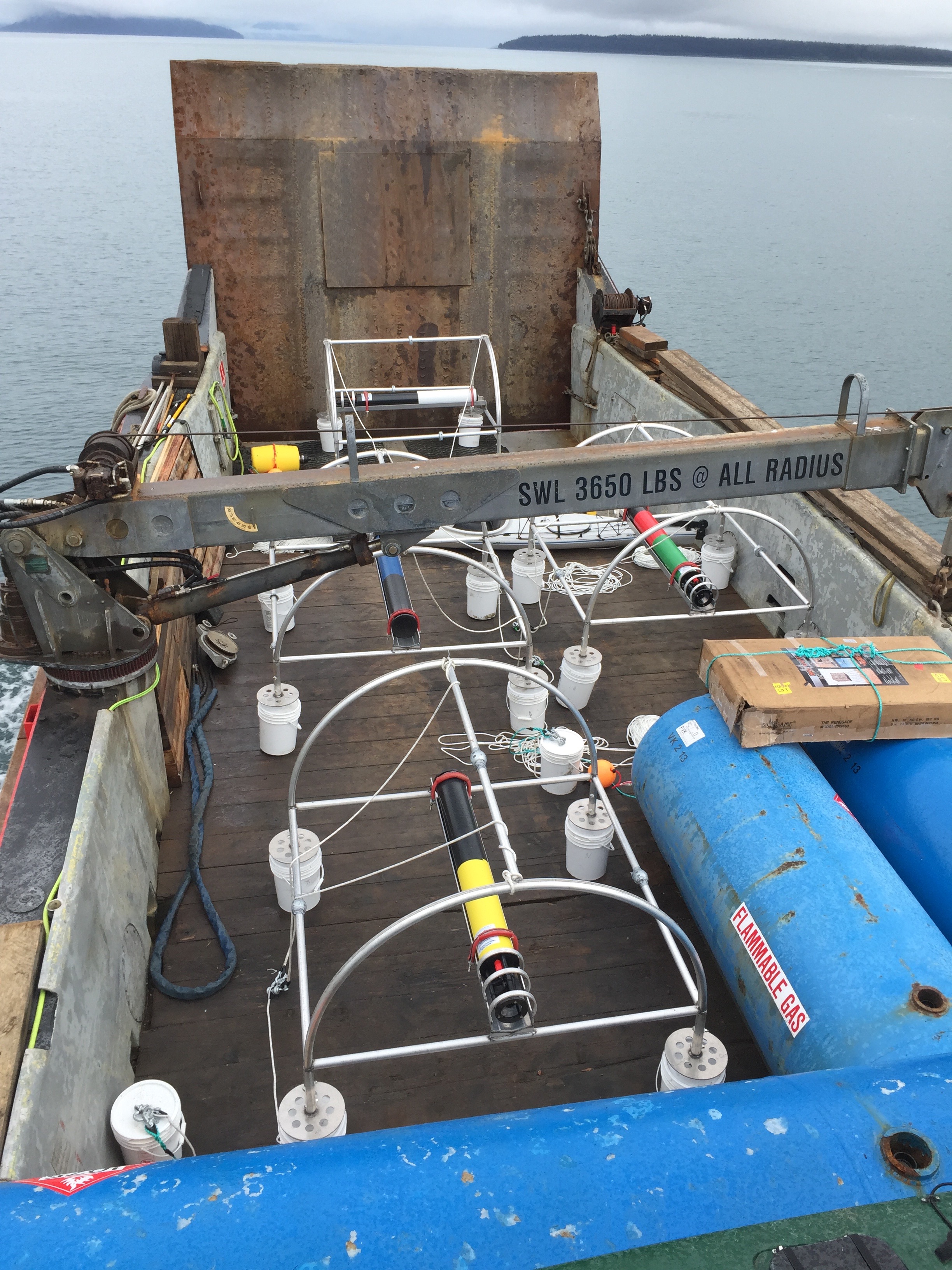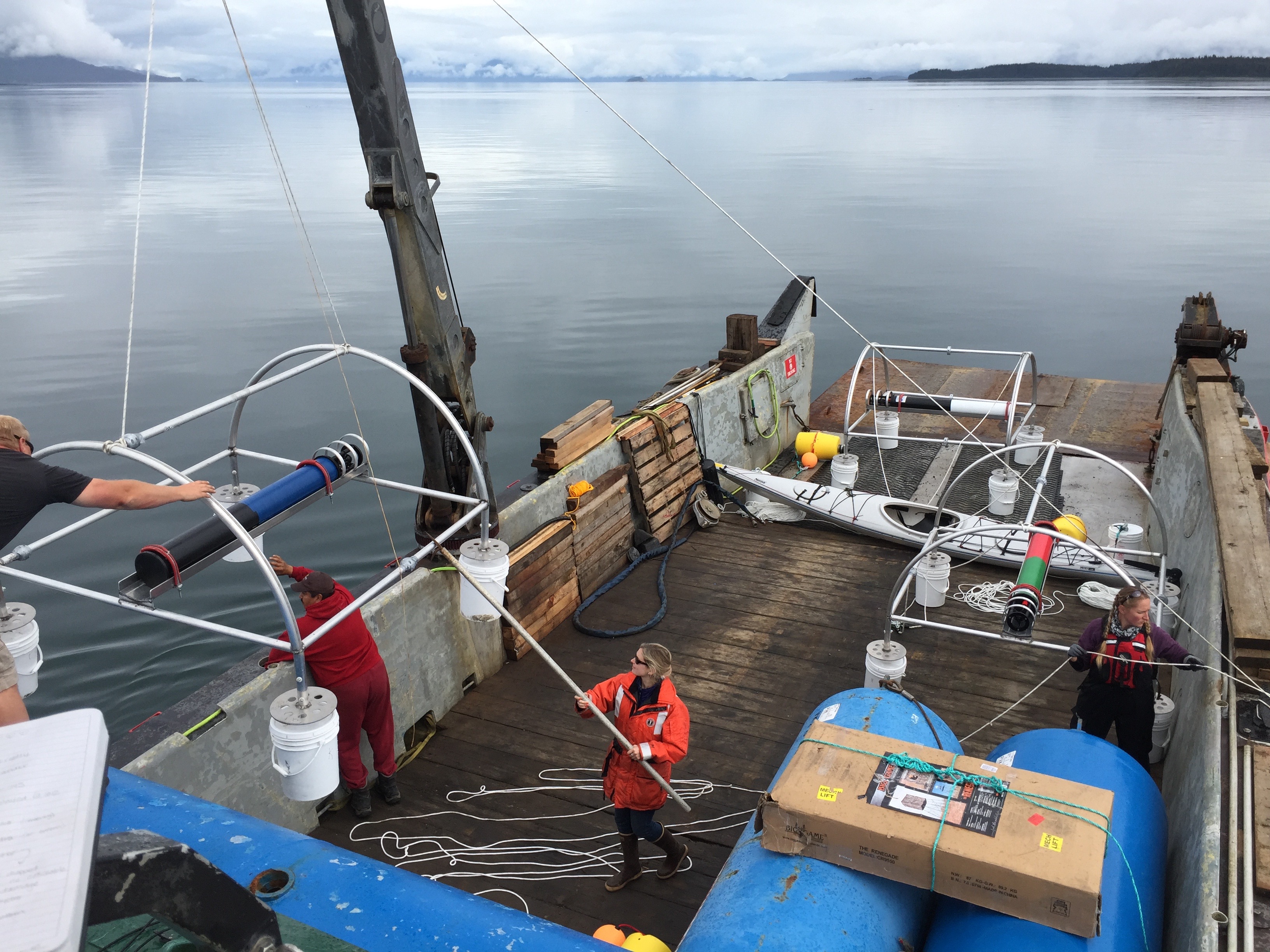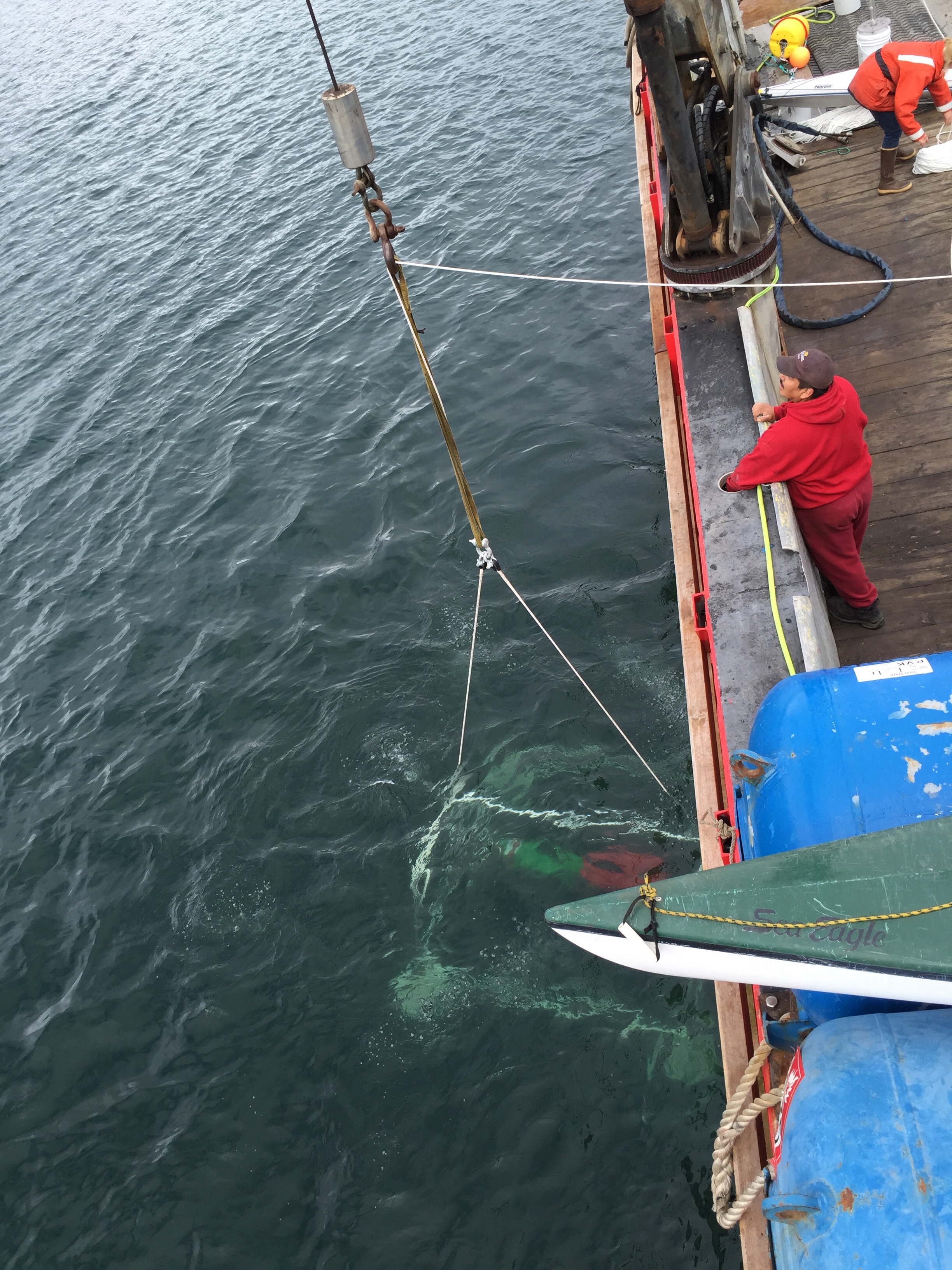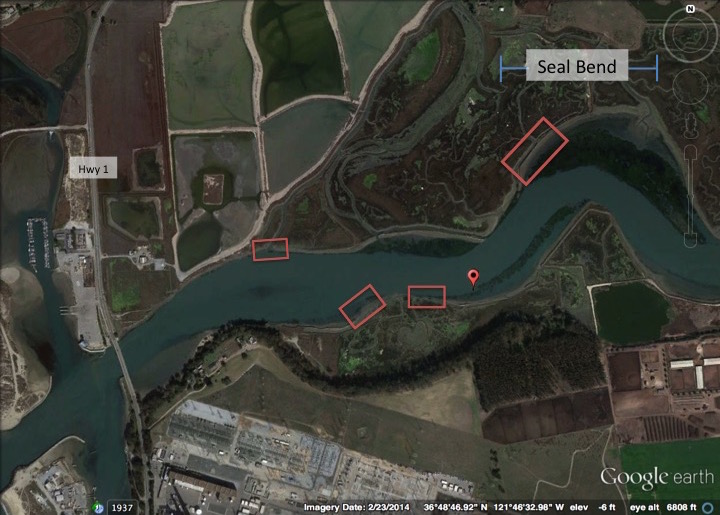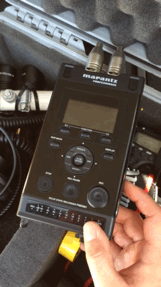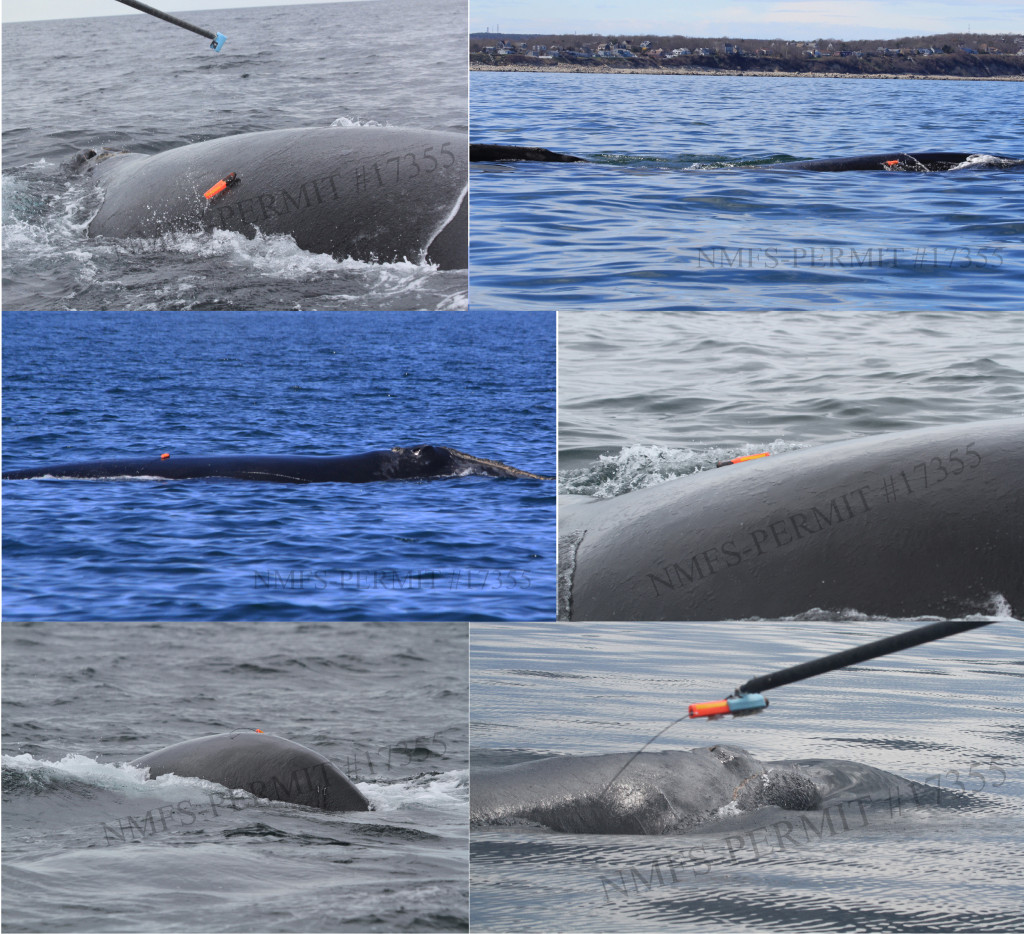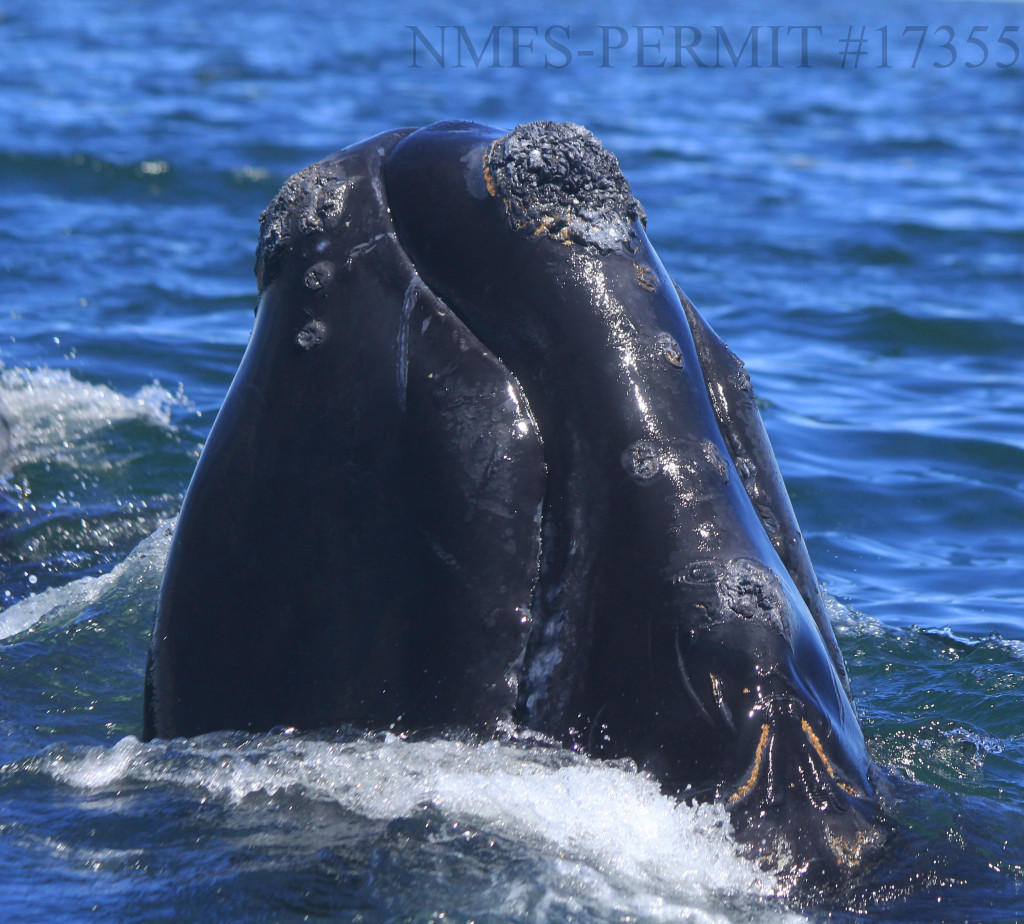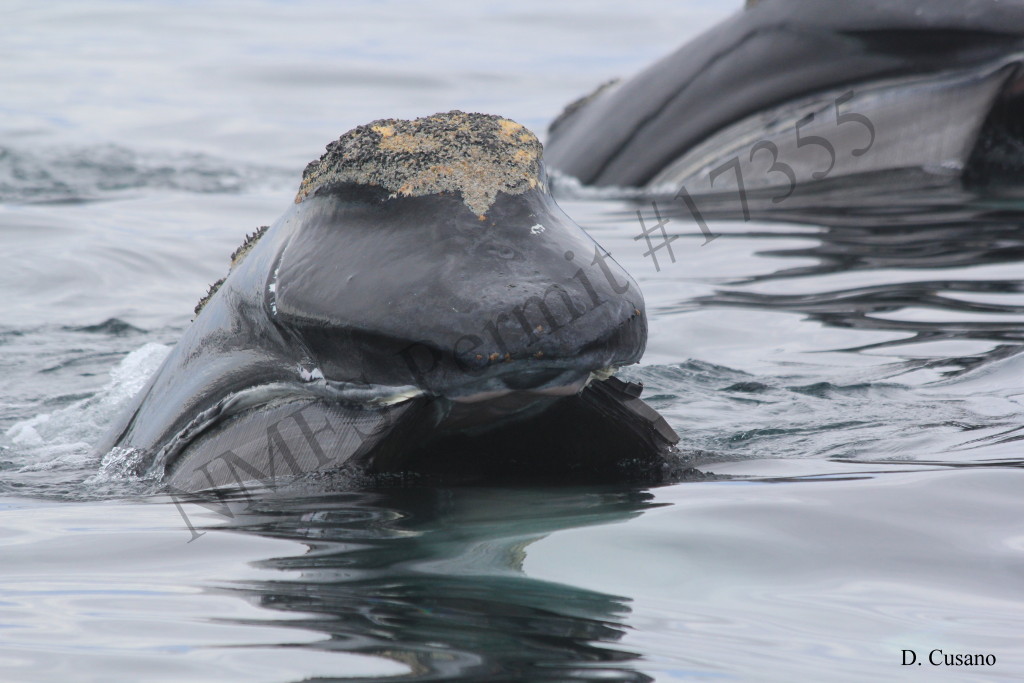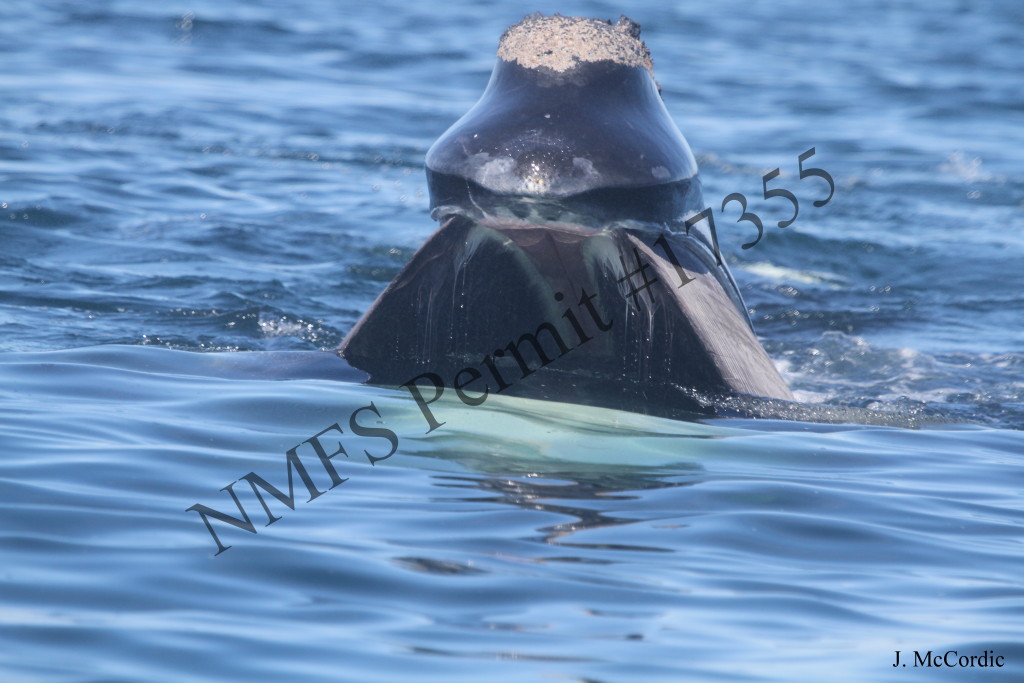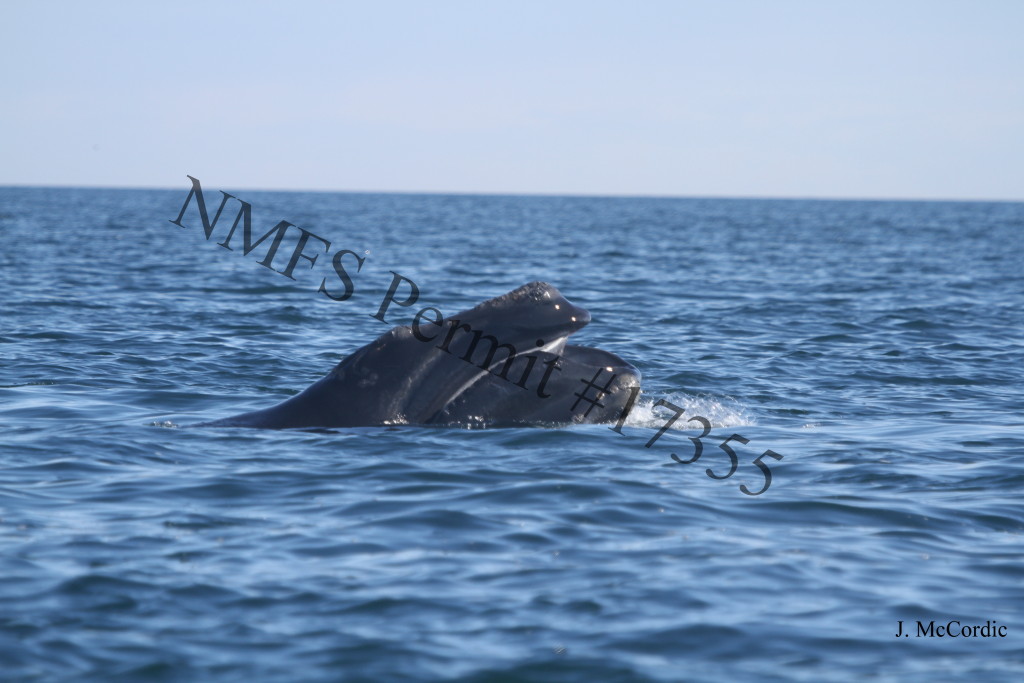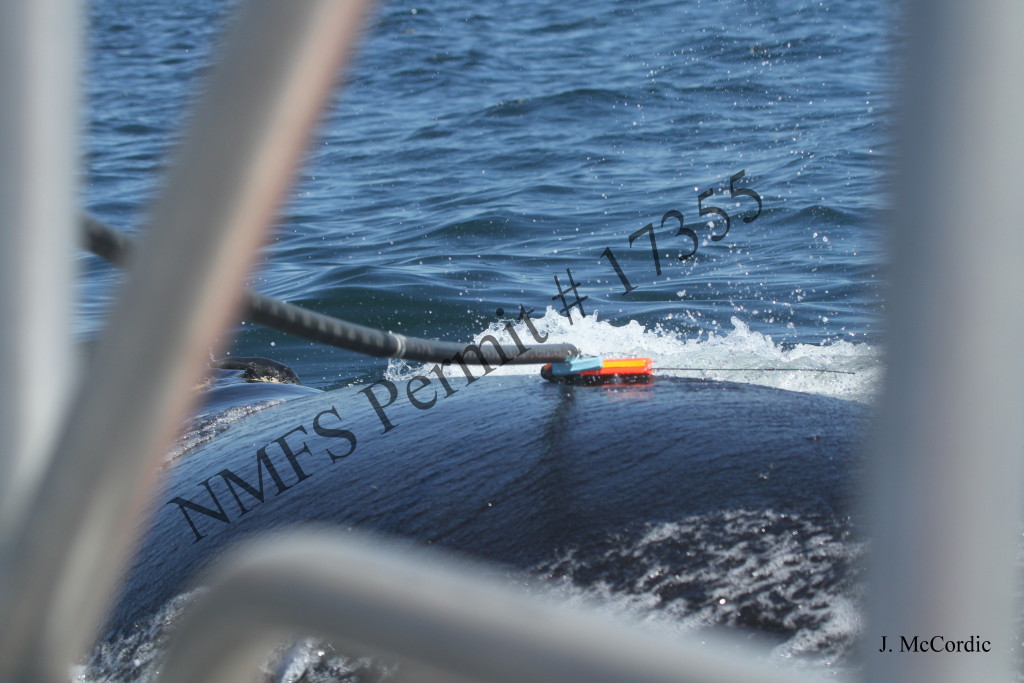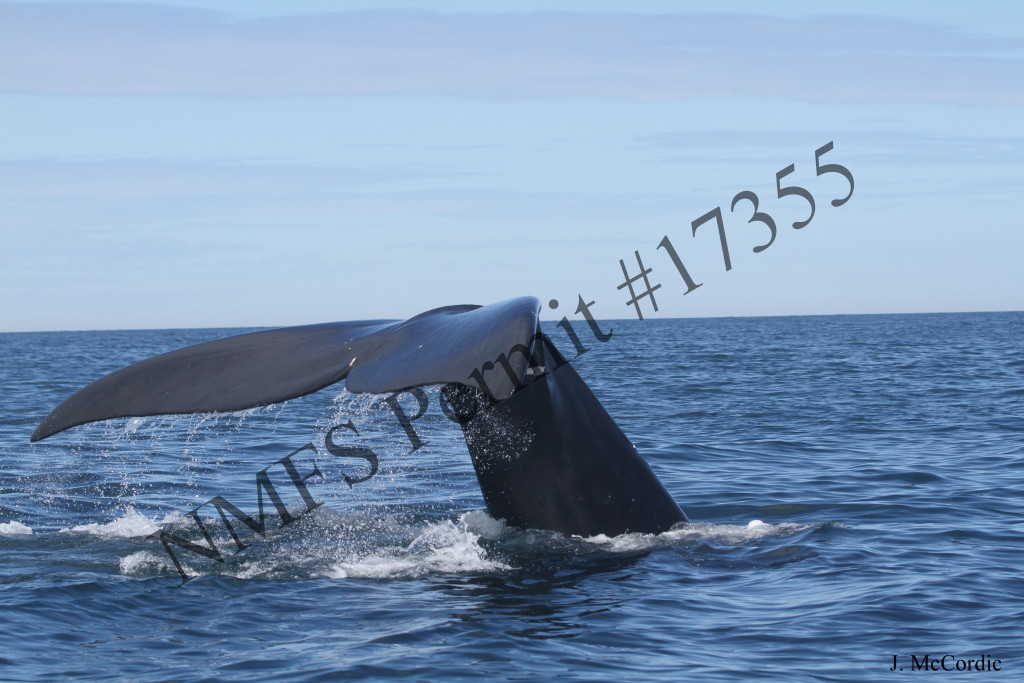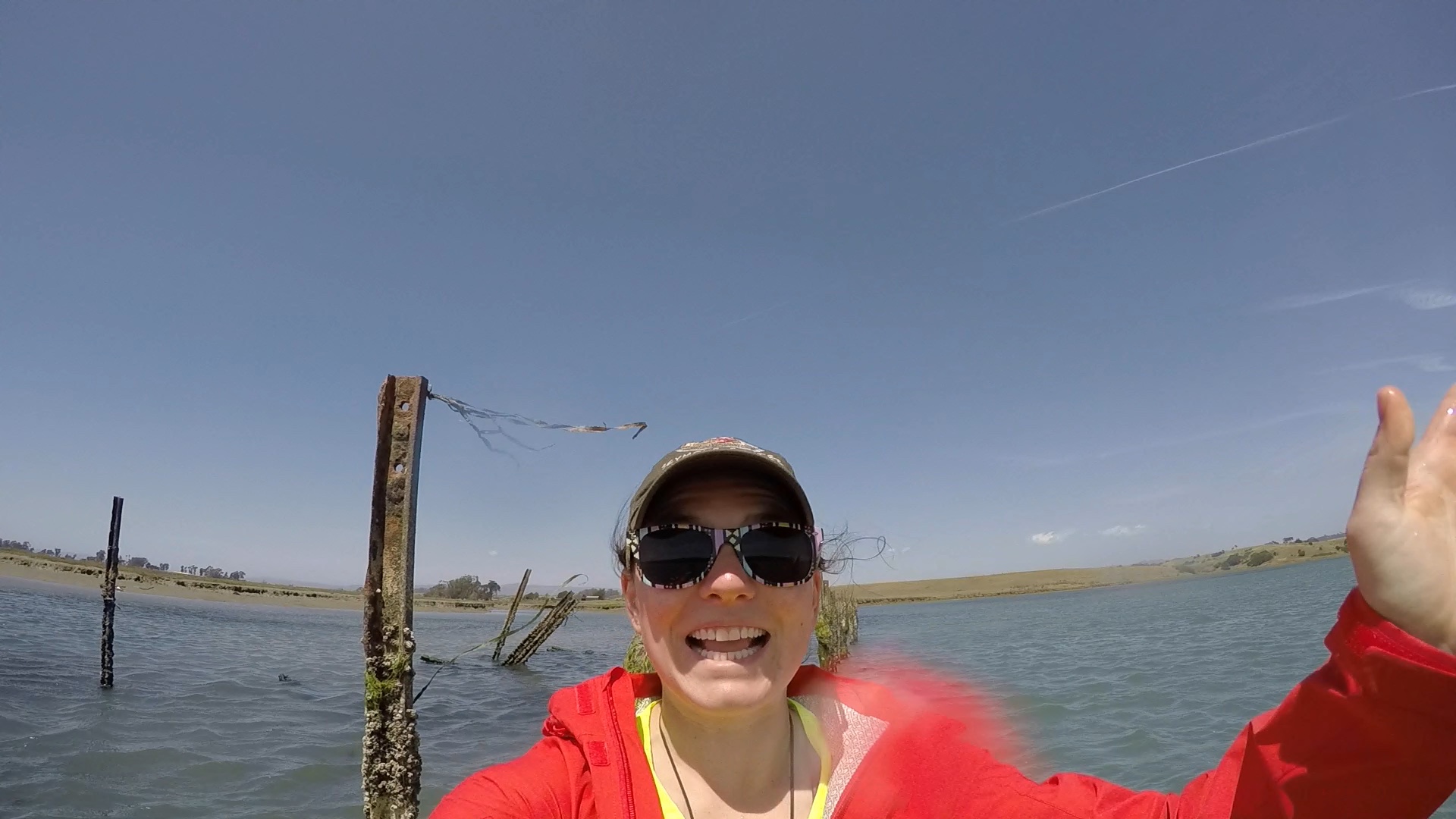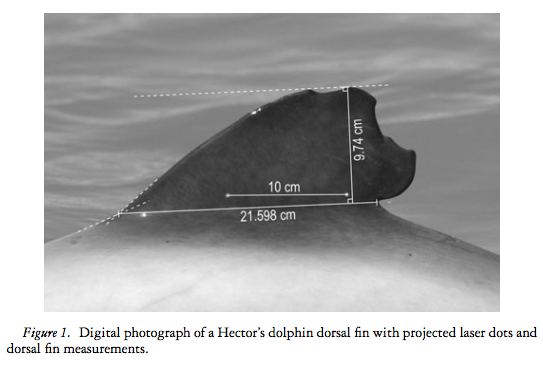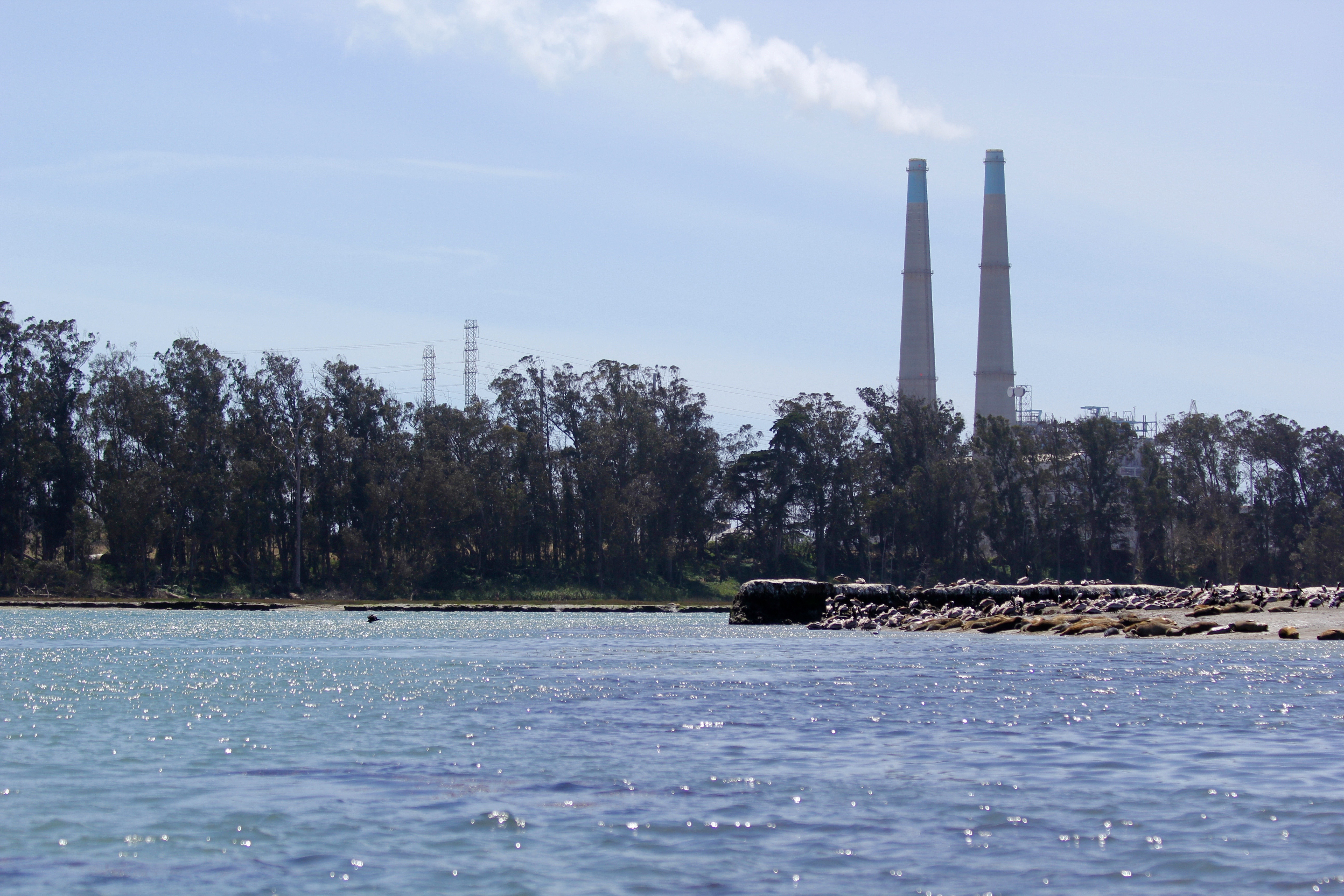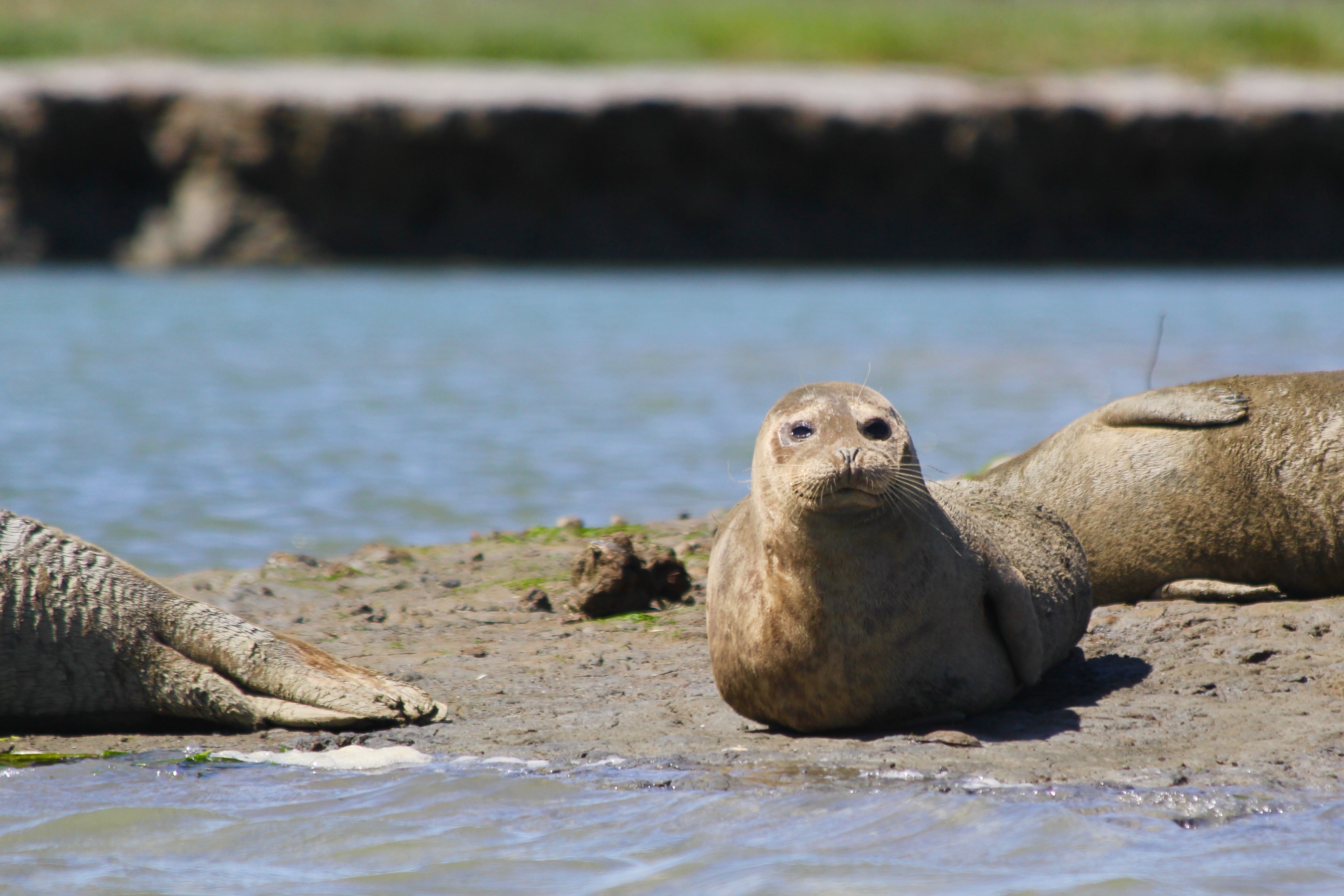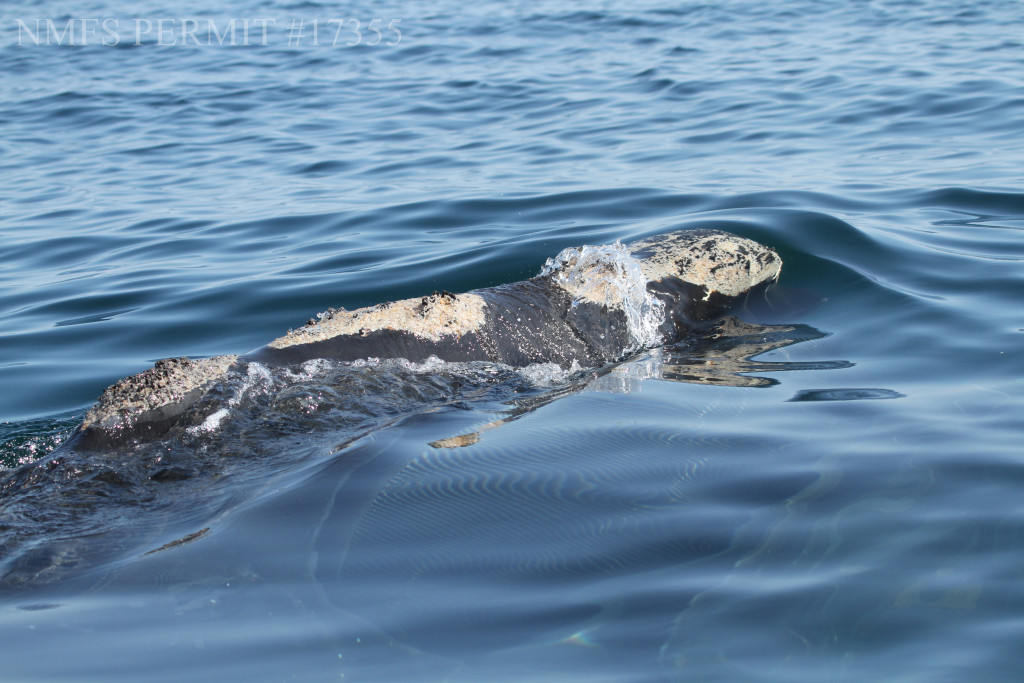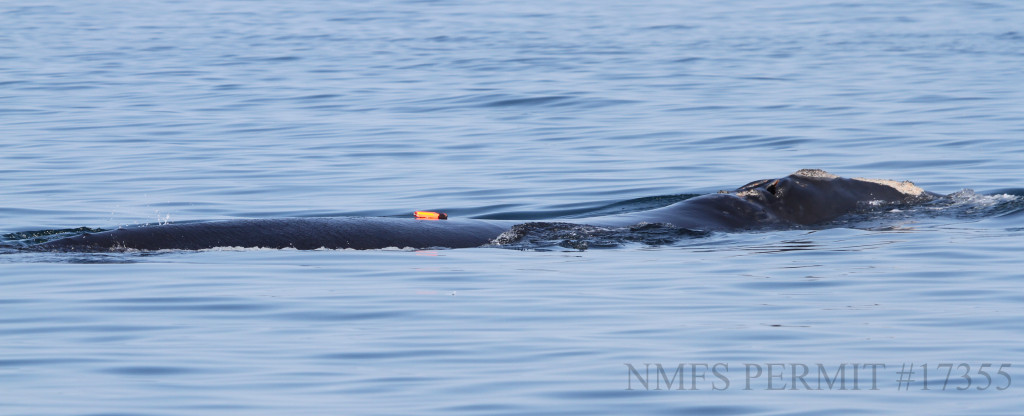Eighteen days ago I was dropped off on an island in Glacier Bay National Park with five other people, a dozen tarps, a fair amount of scientific equipment, thirteen 5-gallon water jugs, and 36 bear cans filled to the brim with food appropriate for a camp stove. The goals: shore-based data collection on the behaviors of humpback whales and kayak-based data collection on the surface positions of harbor seals.
This fieldwork is part of my PhD research (the harbor seal part, at least), and it’s related to the hydrophone deployment I wrote about last year. What I failed to write about more recently was that we deployed those same hydrophones in the same general area for a second year of data collection. These hydrophones sit on the ocean floor all summer and listen to the sounds of harbor seals, humpback whales, and vessels. The data from these hydrophones allows us to assess how noise from passing vessels affects the vocal behavior of two of Glacier Bay’s marine mammal species. Last year there was a field team on this island collecting humpback whale behavioral data for the dissertation of my Glacier Bay counterpart, Michelle Fournet. This year, I’ve tagged along with the humpback whale team to organize a harbor seal data collection initiative that will beef-up a chapter of my own dissertation.
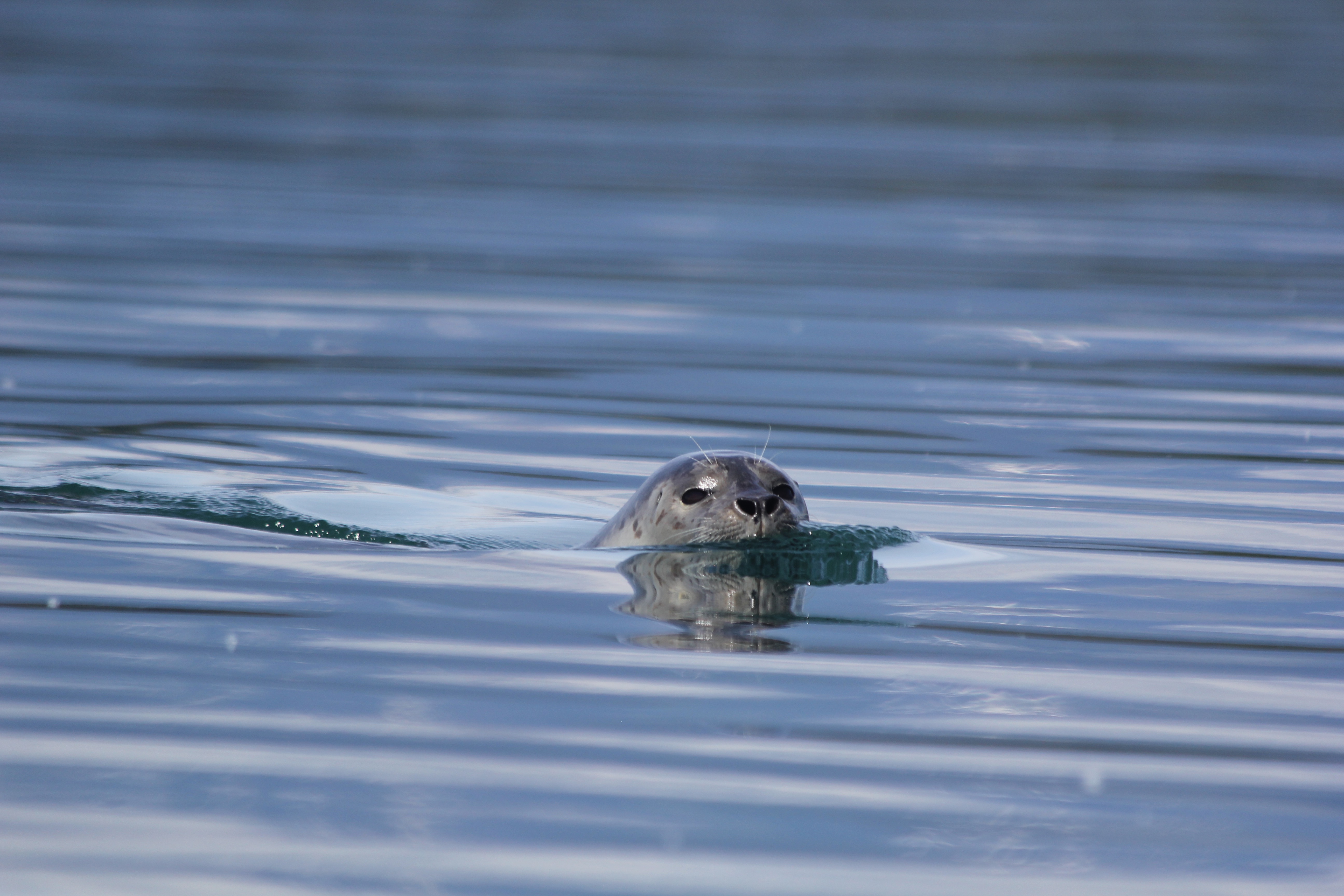
The island is Strawberry Island. It sits west of the Beardslee Island complex and has a perfect view over the area in which our hydrophones are deployed. From the eastern point of Strawberry Island, you can see humpback whales and harbor seals, as well as Stellar sea lions, harbor porpoises, and sea otters. And off in the distance, two black bears comb the rocky shores to the south of our camp. The salmonberries are ripe, the forest is dense, and the views are incredible.

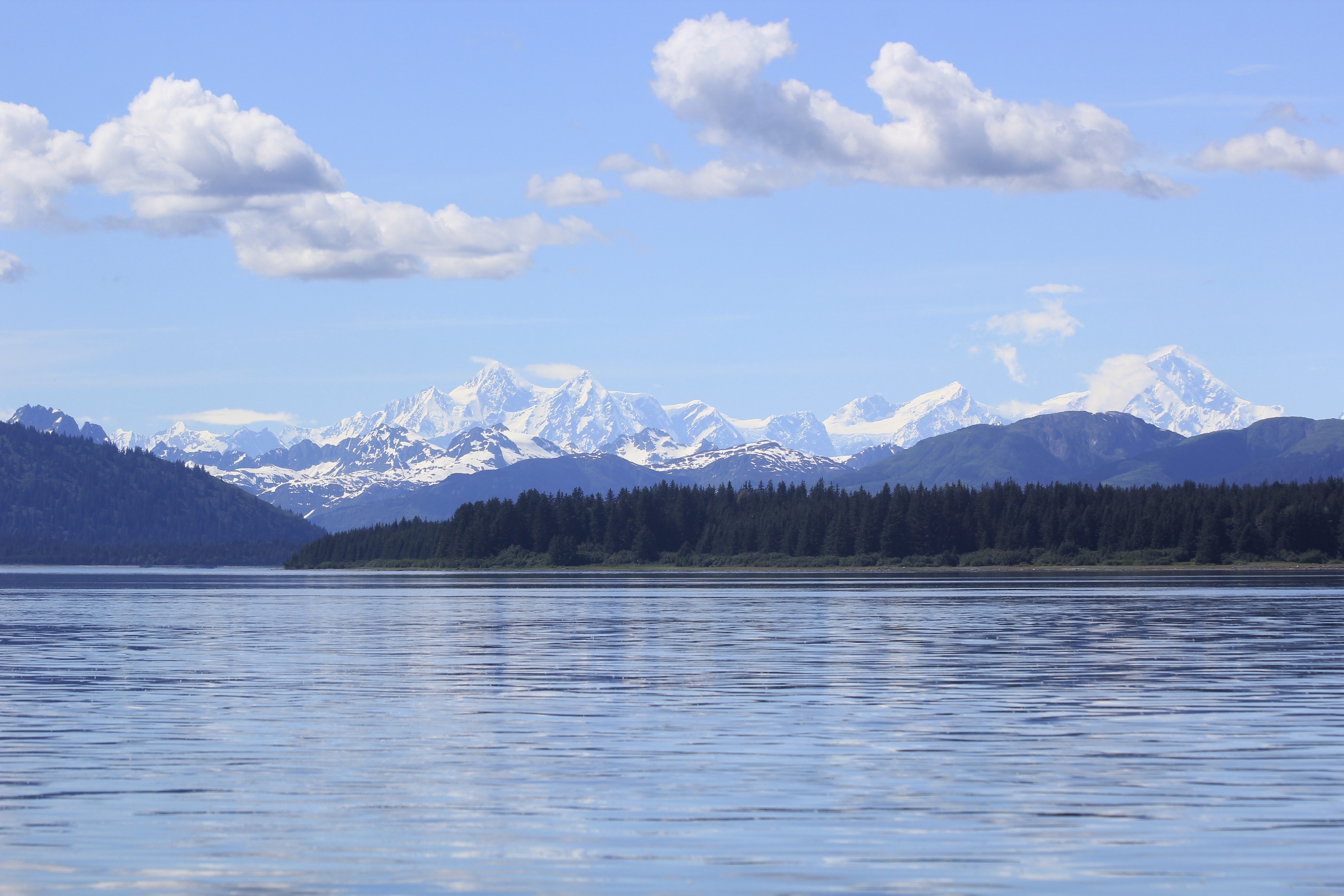
We’ve just returned from the first of four stints on the island. Each stint lasts around eighteen days, then there’s a four-day break off the island in the local town of Gustavus (real showers, cell phone service, and the best Rueben money can buy). Overall we’re off to a great start – the entire field team is trained on all the protocols and we’ve already collected some great data. Excited to see what’s to come in stint number two!
-Leanna Matthews, PhD Candidate

